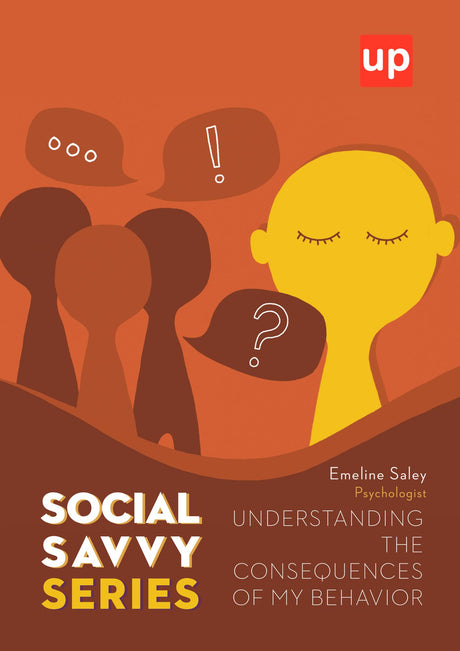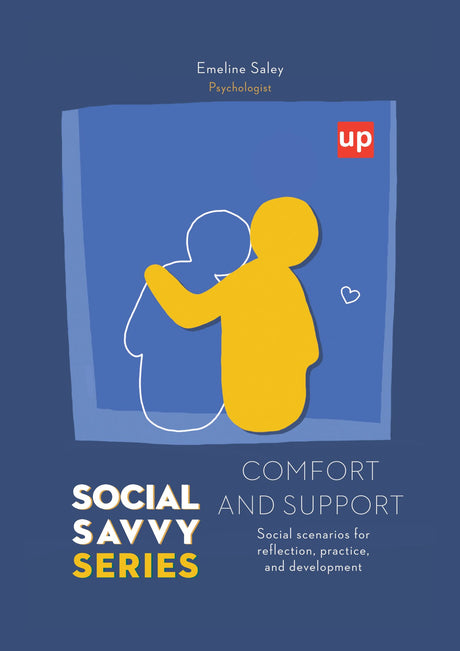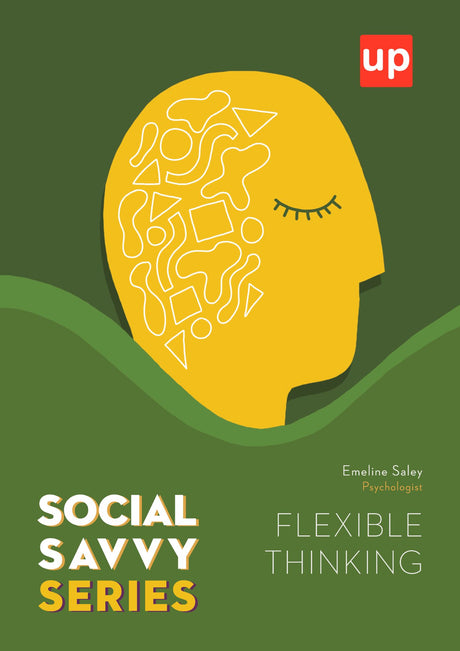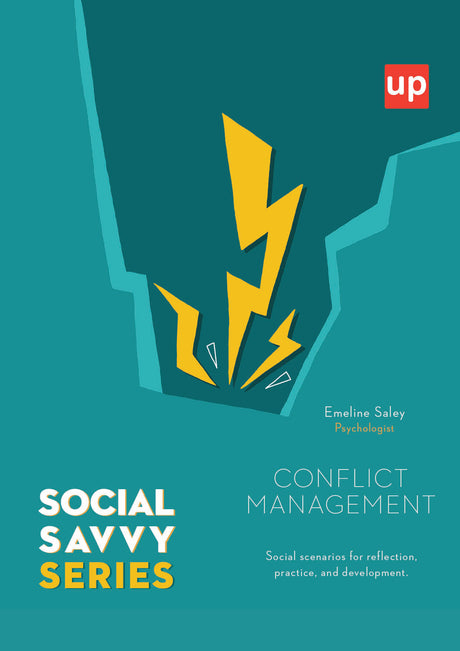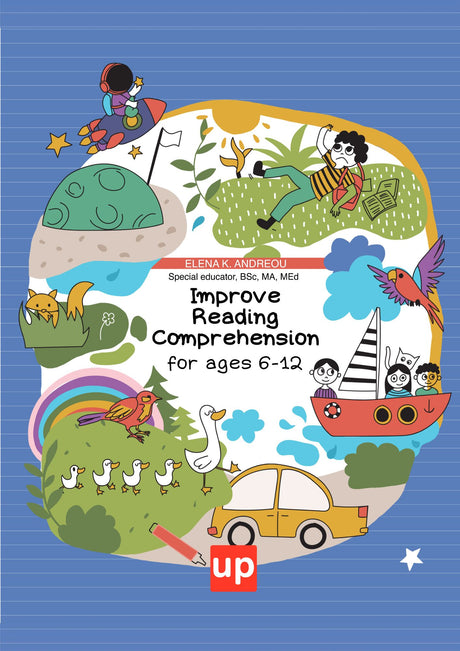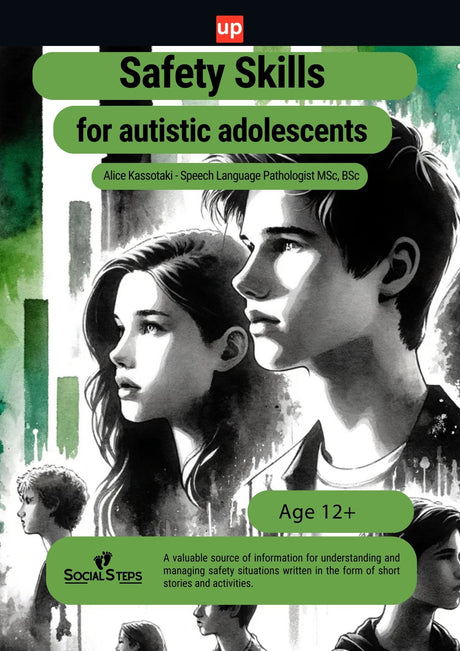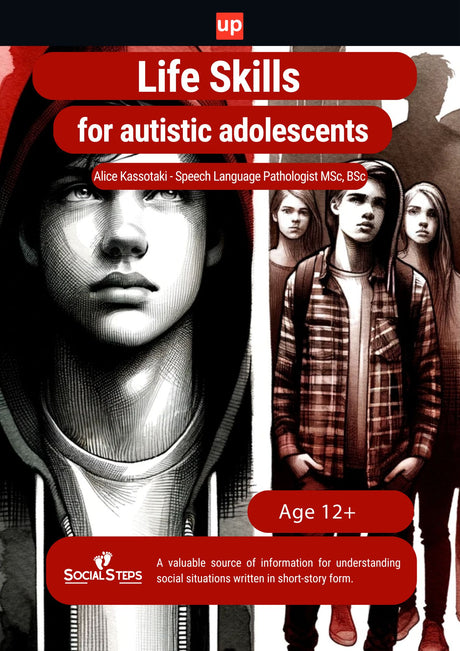Wondering if dyslexia might be affecting you or your child? This dyslexia symptoms checklist provides a clear list of signs to help you identify possible dyslexia. Early detection is key to effective support and management. Let’s explore the symptoms you should be aware of.
Key Takeaways
- Early identification of dyslexia symptoms, including language delays and spelling difficulties, is crucial for effective intervention and support.
- Dyslexia impacts individuals across all ages, affecting reading skills, emotional well-being, and social interactions, necessitating tailored support strategies.
- Utilizing assistive technologies and engaging educational consultants can provide essential accommodations to help dyslexic students and adults manage their symptoms and succeed.
Early Childhood Dyslexia Symptoms

Recognizing dyslexia signs in early childhood can be challenging but timely intervention is important. Delayed language development is one of the earliest indicators. For example, a child might frequently mispronounce words or confuse items like a spoon with a fork. Such language processing difficulties can indicate dyslexia.
Difficulty with rhyming is another significant symptom. Preschoolers with dyslexia may struggle to recognize or create rhymes, affecting their engagement with nursery rhymes and storytelling. Monitoring a child’s ability to follow multi-step directions and their struggles with alphabet sequences is also important.
Family history is also crucial. If dyslexia runs in the family, early testing should be considered. By being attentive to these symptoms, parents can help their children get the reading practice necessary for developing fluency and vocabulary.
Dyslexia Symptoms in Primary School Children

In primary school, dyslexia signs become more pronounced. Spelling issues are common, with children using different spellings for the same word in one piece of writing. Writing assignments can be particularly challenging due to difficulties in organizing thoughts and spelling accurately.
Following multi-step directions is often difficult for dyslexic children, who may only recall the first or last parts. Deficiencies in phoneme awareness and rapid naming contribute significantly to their reading challenges, potentially leading to behavioral issues such as low self-esteem, social withdrawal, and difficulty learning.
Social skills can also be affected, as dyslexic children may miss non-verbal cues and struggle to fit in with peers. Early recognition of these symptoms allows for timely support and interventions, greatly enhancing their academic and social experiences.
Middle School Dyslexia Indicators
In middle school, signs of dyslexia become more evident. Children may show hesitation and labored reading, especially when reading aloud, and might struggle with reading comprehension. Evaluating a child’s attitude towards reading, reading stamina, and fluency can help identify these dyslexia signs.
New interests or a lack of engagement in reading can lead to reading avoidance, common among children in the age group of 9-11. Emotional stress from difficulties in reading and understanding material can worsen these issues.
Recognizing these indicators enables parents and teachers to provide necessary support, helping children build reading skills and regain confidence.
High School and Teen Dyslexia Traits

High school presents unique challenges for dyslexic teenagers. Many read much slower than their peers, affecting homework completion and overall academic performance. Common reading challenges include slow reading, omitting small words, and difficulty with reading assignments.
Understanding humor, particularly puns and jokes with hidden meanings, can be difficult for teenagers with dyslexia. Poor reading and language rule acquisition in their writing can also indicate dyslexia.
Awareness of these traits allows parents and teachers to provide appropriate support, helping teenagers manage their symptoms and succeed academically.
Adult Dyslexia Characteristics
Dyslexia persists into adulthood, affecting individuals in various ways. Many adults with dyslexia struggle to find the correct words when speaking, often using filler phrases. They develop compensatory techniques for reading and writing, such as:
- Relying heavily on spell-check tools
- Using voice-to-text software
- Breaking down complex texts into smaller parts
- Reading aloud to improve comprehension
These strategies help them navigate daily communication and written tasks more effectively, including the use of common words and new words.
Professional tasks can be particularly challenging, with dyslexic adults often feeling frustrated with sequential tasks and planning meetings. Despite these challenges, many are seen as having a strong work ethic but may feel they have difficulty putting thoughts together and are not reaching their full potential.
Behavioral and Emotional Signs

Dyslexia can significantly impact behavior and emotions. Difficulty maintaining concentration is a common sign, often leading to classroom distractions. This lack of focus can cause frustration and anxiety, prompting children to act out or become the class clown as a coping mechanism.
Emotional challenges are prevalent, with children showing inconsistent behavior and traits. Difficulty with time concepts and organization can further indicate dyslexia, adding to their emotional stress. Recognizing these signs helps in providing the appropriate emotional and behavioral support.
Health-Related Dyslexia Symptoms
Health issues can exacerbate dyslexia symptoms. Children with dyslexia often experience higher rates of ear infections, affecting their auditory processing and language development. Poor physical health can also influence the severity of dyslexia symptoms, indicating that overall well-being plays a role in learning abilities.
Increased sensitivity to food additives and chemicals is another health-related factor that can worsen dyslexia. Addressing these concerns can help manage symptoms more effectively.
How Dyslexia Affects Reading Skills

Dyslexia primarily affects reading skills, making it difficult to decode written words accurately and hindering reading fluency. Reading comprehension can be notably impacted due to underlying oral language difficulties. Children with dyslexia often confuse similar-looking letters like b/d or p/q and struggle to recognize familiar words. These challenges can lead to avoidance of reading-related activities.
Poorly organized and difficult-to-read written work is another common symptom. Slow processing of spoken or written language further indicates dyslexia. Multisensory learning techniques, integrating visual, auditory, and kinesthetic experiences, can help dyslexic students better understand and retain information.
The Importance of Early Identification
Early identification of dyslexia is crucial for improving educational outcomes and preventing long-term negative effects on self-esteem. Tools like the Shaywitz DyslexiaScreen can identify children at risk for dyslexia as early as kindergarten. The evaluation process involves gathering information from parents and teachers for an accurate diagnosis.
Effective evaluations help form tailored intervention plans that cater to the child’s specific needs and strengths. These evaluations also support eligibility for special education services and necessary accommodations.
Next Steps After Identifying Symptoms
After identifying dyslexia symptoms, consulting educational consultants is crucial for expert advice. Formal assessments are necessary for an accurate diagnosis and support. Educational consultants can help determine if a child’s reading errors are typical or indicative of dyslexia.
Taking these steps ensures the child receives appropriate interventions and support, helping them manage their symptoms and succeed academically.
Support Strategies for Dyslexic Individuals
Supporting dyslexic individuals involves various strategies. Assistive technology like digital scanning pens and line readers can help manage reading and writing tasks more effectively. Encouraging the use of pocket spell checkers can boost dyslexic students’ confidence in their writing.
Adults with dyslexia may excel in professions requiring visual-spatial skills but often avoid roles involving extensive paperwork. They frequently face challenges with time management and may struggle to estimate task durations. Providing the right support can help dyslexic individuals thrive academically and professionally.
Upbility books offer a comprehensive resource for parents, teachers, and individuals seeking to understand and manage dyslexia symptoms effectively. These books provide practical strategies and insights tailored to different age groups, helping dyslexic children and adults improve their reading skills, spelling, and overall language development. By incorporating engaging exercises and evidence-based techniques, Upbility books support the enhancement of reading fluency and comprehension, while also addressing the emotional and behavioral challenges associated with dyslexia.
Summary
Recognizing and understanding the symptoms of dyslexia at various stages of life is crucial for providing the right support and interventions. Early identification can significantly improve educational outcomes and self-esteem, while appropriate support strategies can help dyslexic individuals succeed both academically and professionally.
By being vigilant and proactive, parents, teachers, and individuals can make a significant difference in the lives of those with dyslexia, helping them overcome challenges and achieve their full potential.
Frequently Asked Questions
What are the early signs of dyslexia in preschoolers?
The early signs of dyslexia in preschoolers include delayed language development, difficulty with rhyming, trouble following multi-step directions, and frequent mispronunciations. Recognizing these signs early can lead to timely interventions.
How can dyslexia affect a child's social skills?
Dyslexia can significantly impact a child's social skills by causing low self-esteem and withdrawal from interactions, as well as difficulties in interpreting non-verbal cues, ultimately hindering their ability to connect with peers.
What are common dyslexia symptoms in middle school children?
Common dyslexia symptoms in middle school children include hesitation when reading aloud, difficulties with reading comprehension, and increased emotional stress due to their reading challenges. Recognizing these signs can help in seeking appropriate support and interventions.
How does dyslexia manifest in adults?
Dyslexia in adults often manifests as difficulties in word retrieval, reliance on spell-check for written communication, and challenges in managing professional responsibilities and time effectively. This can impact both their personal and work life significantly.
What support strategies are effective for dyslexic individuals?
Implementing assistive technology and pocket spell checkers, along with tailored accommodations, can significantly enhance support for dyslexic individuals. These strategies address their unique challenges and promote success in learning environments.
Original content from the Upbility writing team. Reproduction of this article, in whole or in part, without credit to the publisher is prohibited.
References
-
Shaywitz, S. E. (2003). Overcoming Dyslexia: A New and Complete Science-Based Program for Reading Problems at Any Level. Alfred A. Knopf.
-
Lyon, G. R., Shaywitz, S. E., & Shaywitz, B. A. (2003). A Definition of Dyslexia. Annals of Dyslexia, 53, 1-14.
-
International Dyslexia Association. (2023). Dyslexia Basics. Retrieved from https://dyslexiaida.org/dyslexia-basics/
-
Snowling, M. J., & Hulme, C. (2012). The Science of Reading: A Handbook. Wiley-Blackwell.
-
National Institute of Child Health and Human Development. (2023). Dyslexia Research. Retrieved from https://www.nichd.nih.gov/health/topics/dyslexia/research


